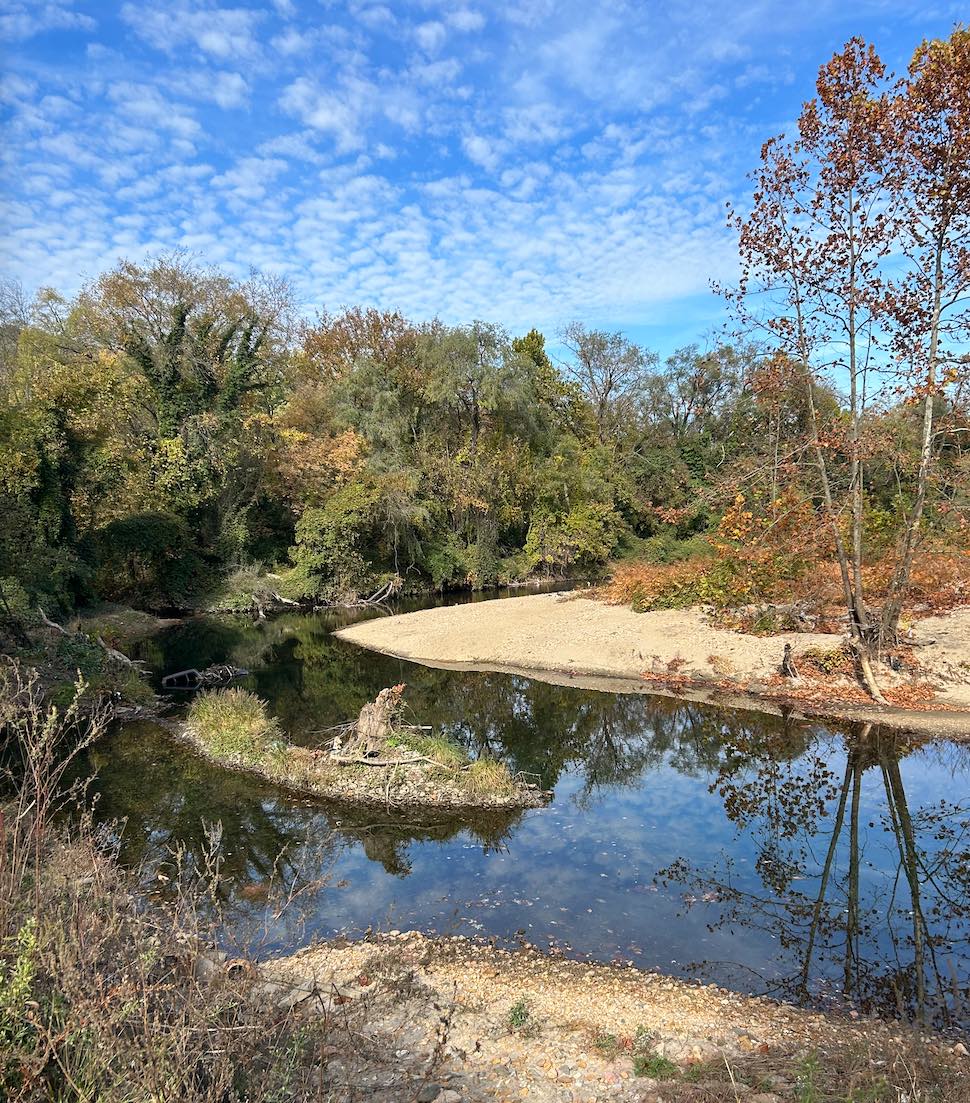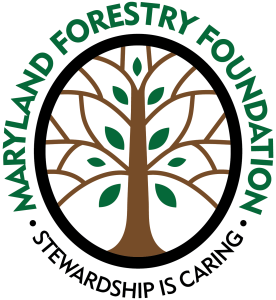
Forested buffer zones are critical for protecting waterways, particularly in ecosystems like the Chesapeake Bay watershed. These vegetated areas along streams and rivers act as natural filters, trapping pollutants, stabilizing soil, and reducing sediment runoff. By intercepting fertilizers, pesticides, and other contaminants, buffer zones play a pivotal role in improving water quality. Additionally, they provide shade to regulate water temperatures, creating hospitable environments for aquatic life. Beyond ecological benefits, buffer zones offer flood protection by absorbing excess rainwater and reducing the risk of downstream flooding.
Despite their proven value, poor land use planning has frequently overlooked these critical areas, leading to significant environmental and social consequences. A glaring example of this surrounds Herring Run, a tributary of Back River in Baltimore. The largest towing facility in Baltimore, the Pulaski Highway Impound Lot sits within the Herring Run flood plain and occupies a critical buffer zone for this important tributary to the Chesapeake Bay. The impervious surfaces and industrial activities at the impound lot contribute to significant environmental degradation. Rainfall on the paved surfaces carries oils, heavy metals, and other contaminants directly into Herring Run, bypassing natural filtration processes provided by forested buffers.
The 1904 Olmsted Report foresaw the dangers of such neglect, advocating for the preservation of natural spaces like forested buffers as public parks. The Olmsted Brothers’ vision recognized the dual benefits of ecological preservation and community enrichment. Public parks in these areas not only protect waterways but also provide cultural and recreational spaces that foster health, education, and community connection. They argued that accessible natural spaces are fundamental to a thriving democratic society.
Revitalizing Herring Run and other tributaries by restoring forested buffer zones and transforming them into public parks offers a path forward. These efforts would mitigate pollution, protect the Chesapeake Bay, and create valuable community spaces. By prioritizing sustainable land use planning, we can honor the Olmsted Brothers’ legacy and ensure a healthier, more equitable future for both people and the environment.
